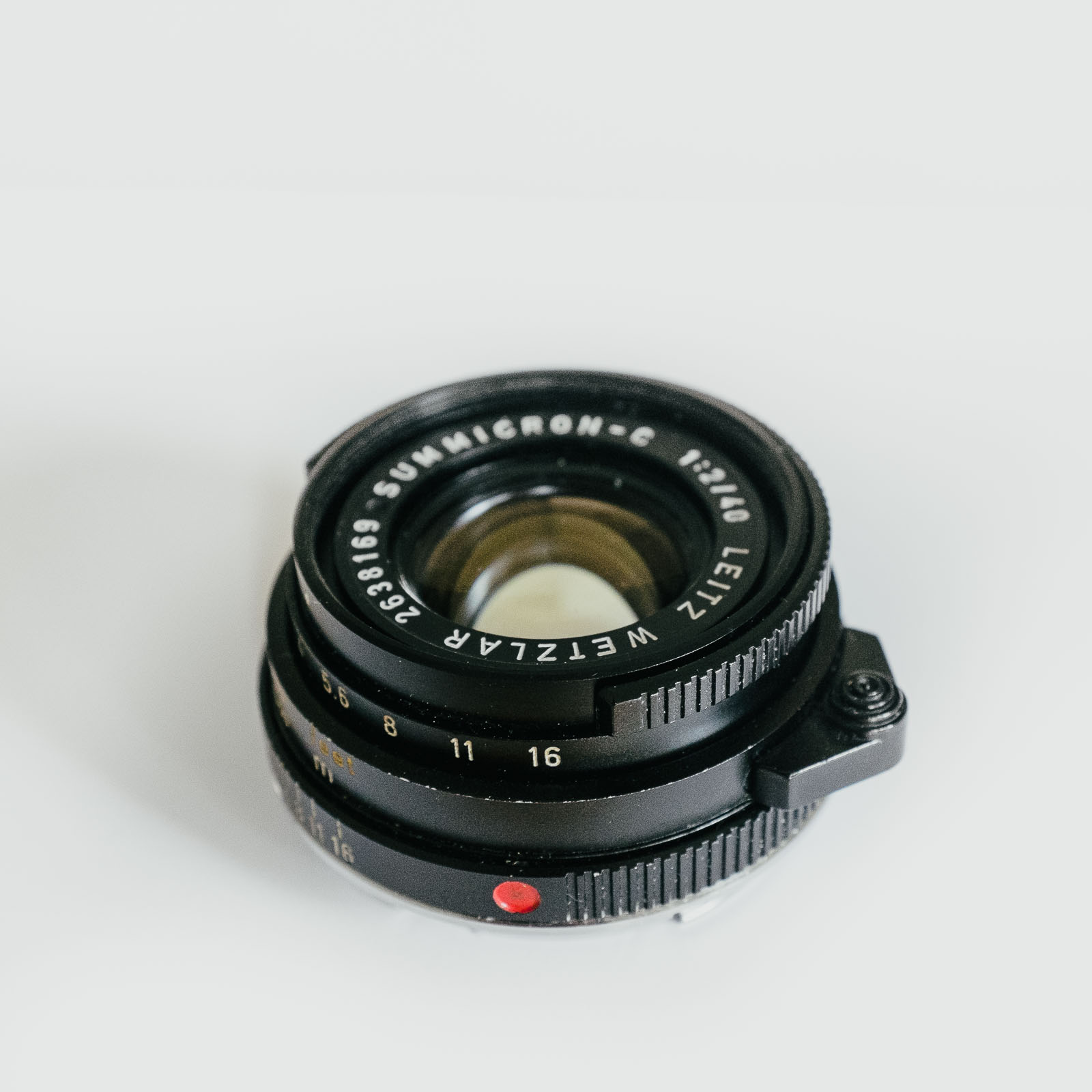
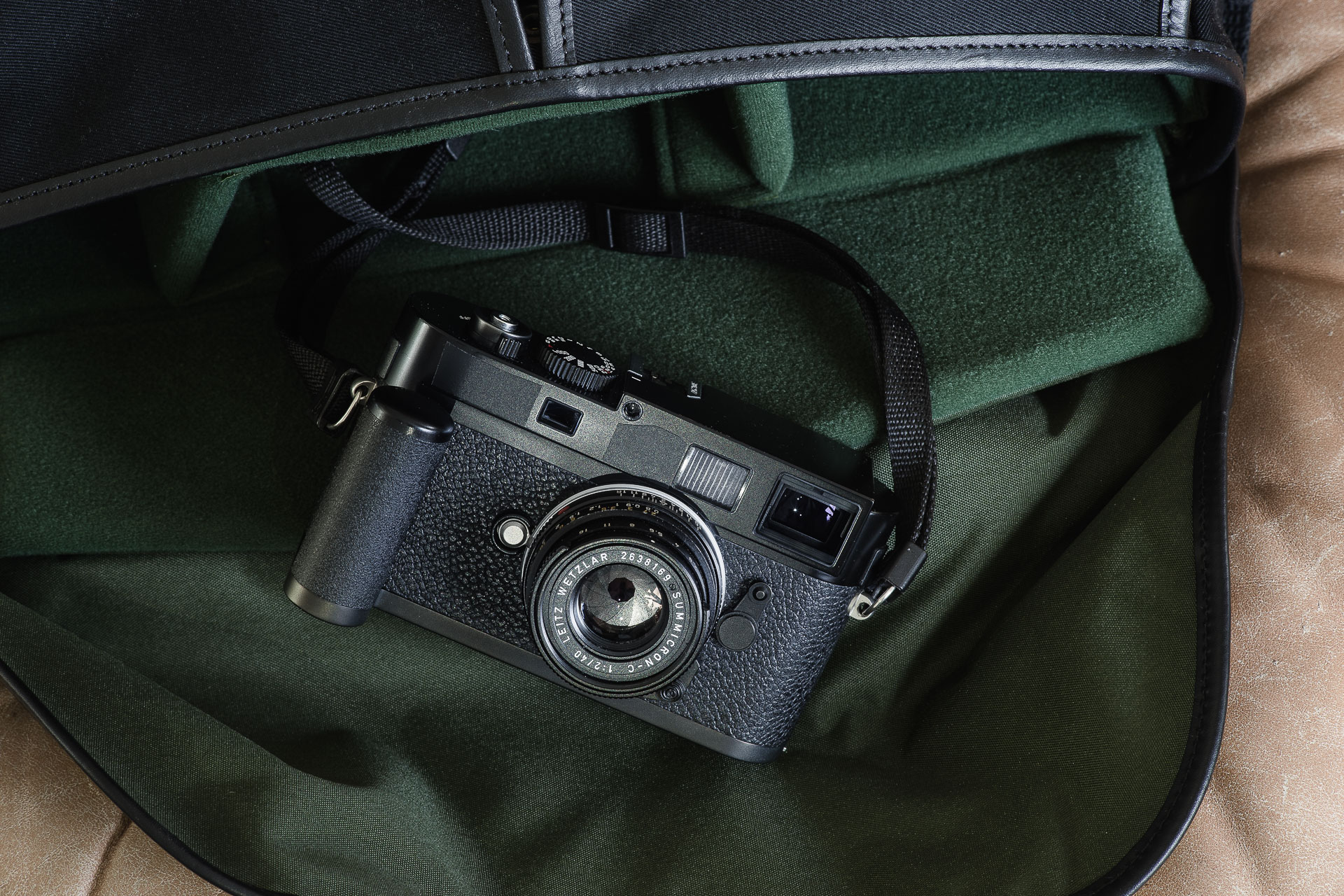

The Leica Summicron-C 40/2 is a discontinued normal lens for the Leica M-mount. Produced for the Leica CL – the “Compact Leica” during 1973–76, there are no versions to keep track of. There is a Minolta descendant – the M-Rokkor 40/2 – with improved coatings but otherwise identical optics. It seems closely related to the Summicron 35/2 III, sharing the same number of elements and basic optical design, as well as many imaging characteristics.
It’s a tiny lens, the smallest Leica’s ever produced. The size, fairly fast aperture and very reasonable price on the used market makes it an interesting option.



40mm is a slightly uncommon focal length, but is actually closer to a perfect normal than the traditional 50mm. Being an f/2 lens means that the lens has a 20mm effective aperture. As all M-mount lenses, it’s manual focus only. It’s a classical double-gauss design. All elements are spherical, but the front element is made of glass with a high refractive index. Elements are single coated. The odd thread size makes this lens tricky to use with filters.
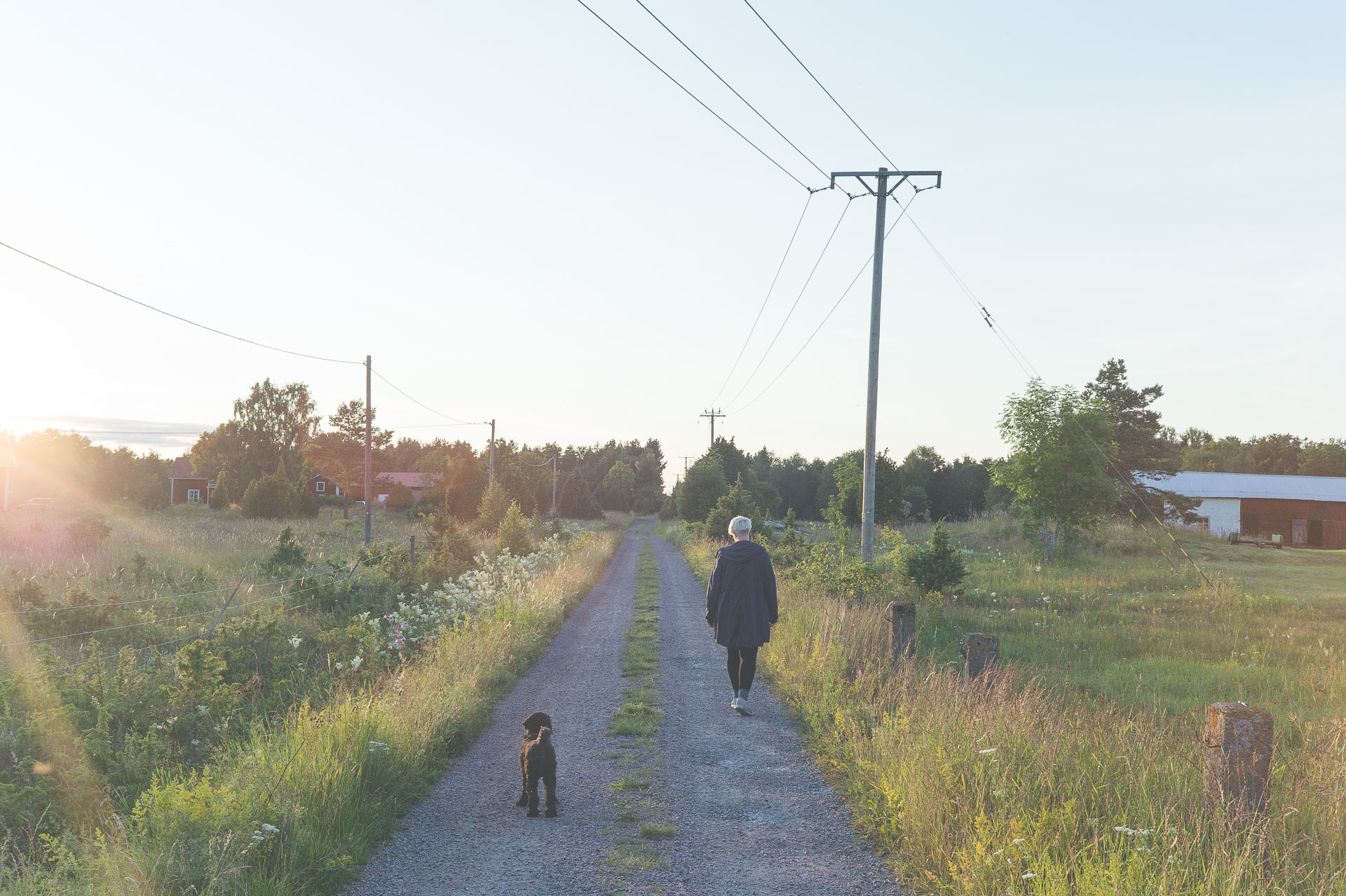
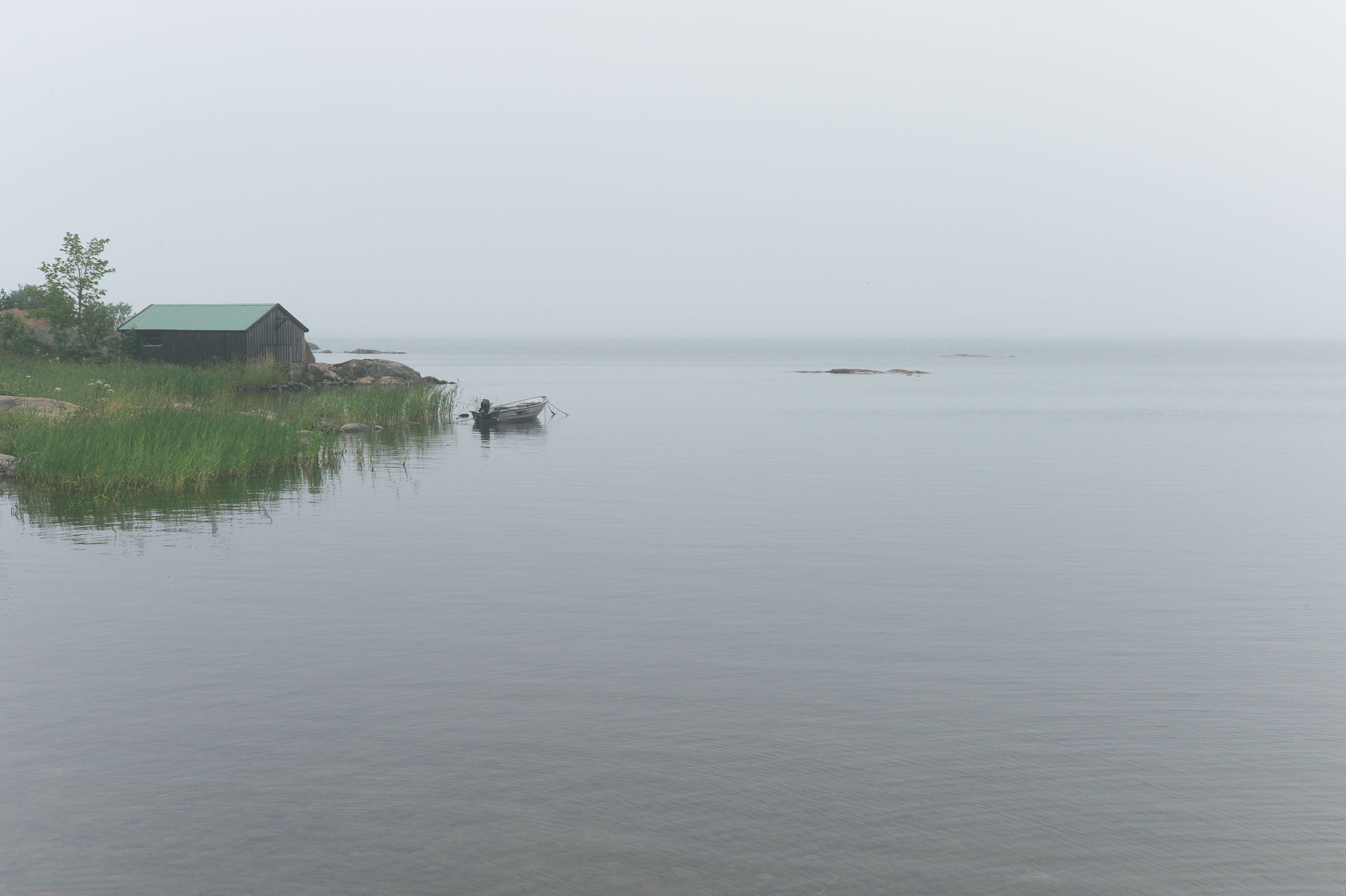
While built to a price, the Summicron-C doesn’t feel any less well constructed than other Leica lenses from the same time. Build quality is fantastic. The outer housing is completely made from anodised aluminium, very durable but shows scuffing with use. The small focusing handle is the only visible part that’s plastic.
Markings are engraved in DIN and painted white. The imperial scale is painted yellow, retaining good visibility in lower light. The mounting indicator is missing on my copy but looks like plastic.
The internals seem good as well. The focussing helicoid is brass. There’s a beautifully constructed 10 bladed diaphragm, most modern Leica lenses make due with 8.
My copy needs a service, probably the first in its life, the moving parts beginning to become stiff. With proper care I think this will hold up just as well as other Leica lenses, and better than most of the Voigtländer or Zeiss ZM lenses.
The all metal construction makes it feel dense and heavy for its size, but it remains the lightest lens that Leica have produced. It really is tiny too, the just over 2cm long barrel makes it one of the smallest lenses made for the M-mount.
The hood and lens cap are the only parts feeling less nicely made. The collapsible hood is made of rubber and screws in to the filter thread. Attached it extends the lens by just over half a centimetre, folding out to around 2cm with a small tug. It’s actually a rather practical solution. However rubber is not as nice a material when it reaches a certain age. Both practically and aesthetically. There are some ergonomic issues described below. The lens cap fits into the collapsed hood with a friction fit. Unfortunately this means the cap can’t be used without the hood.
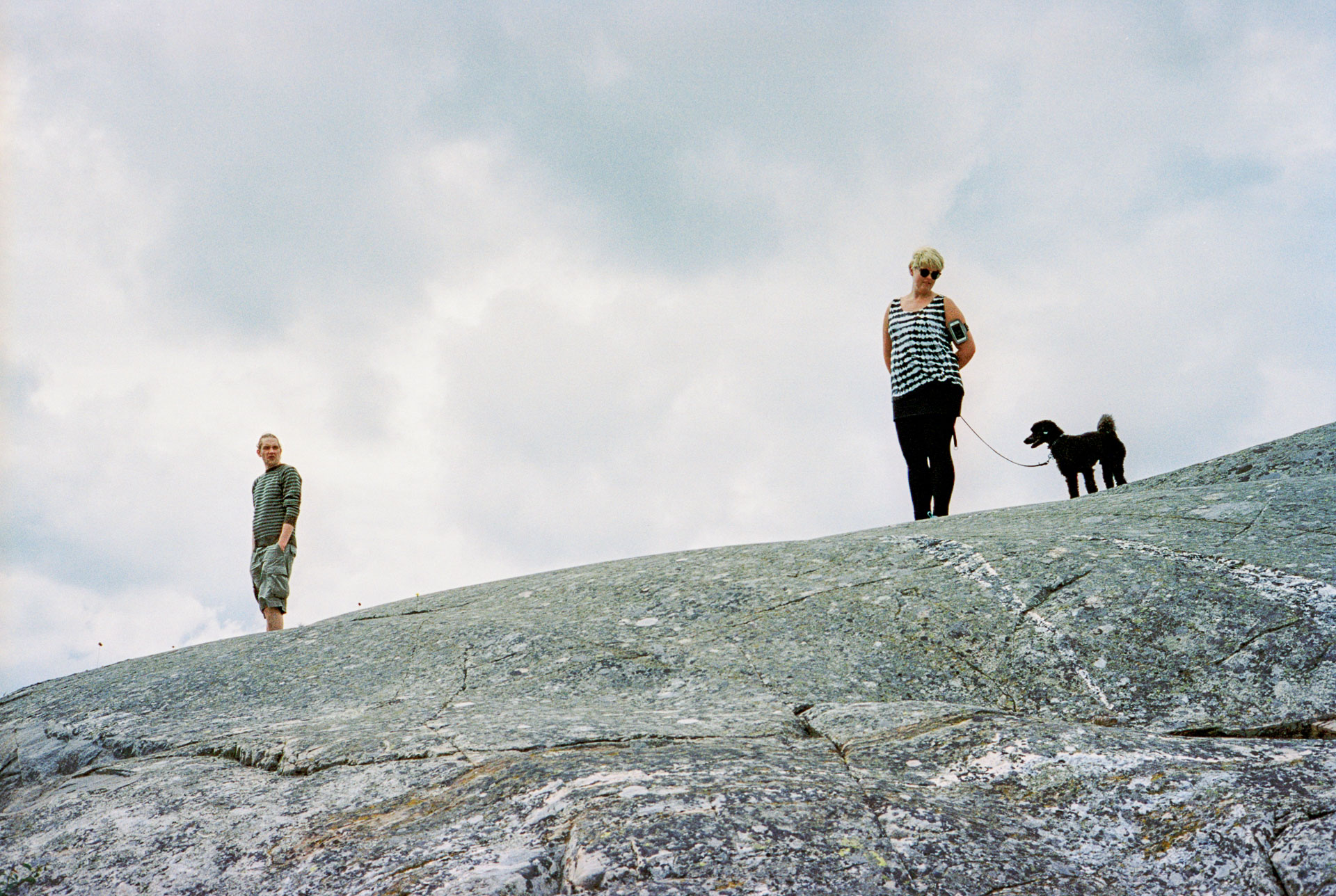
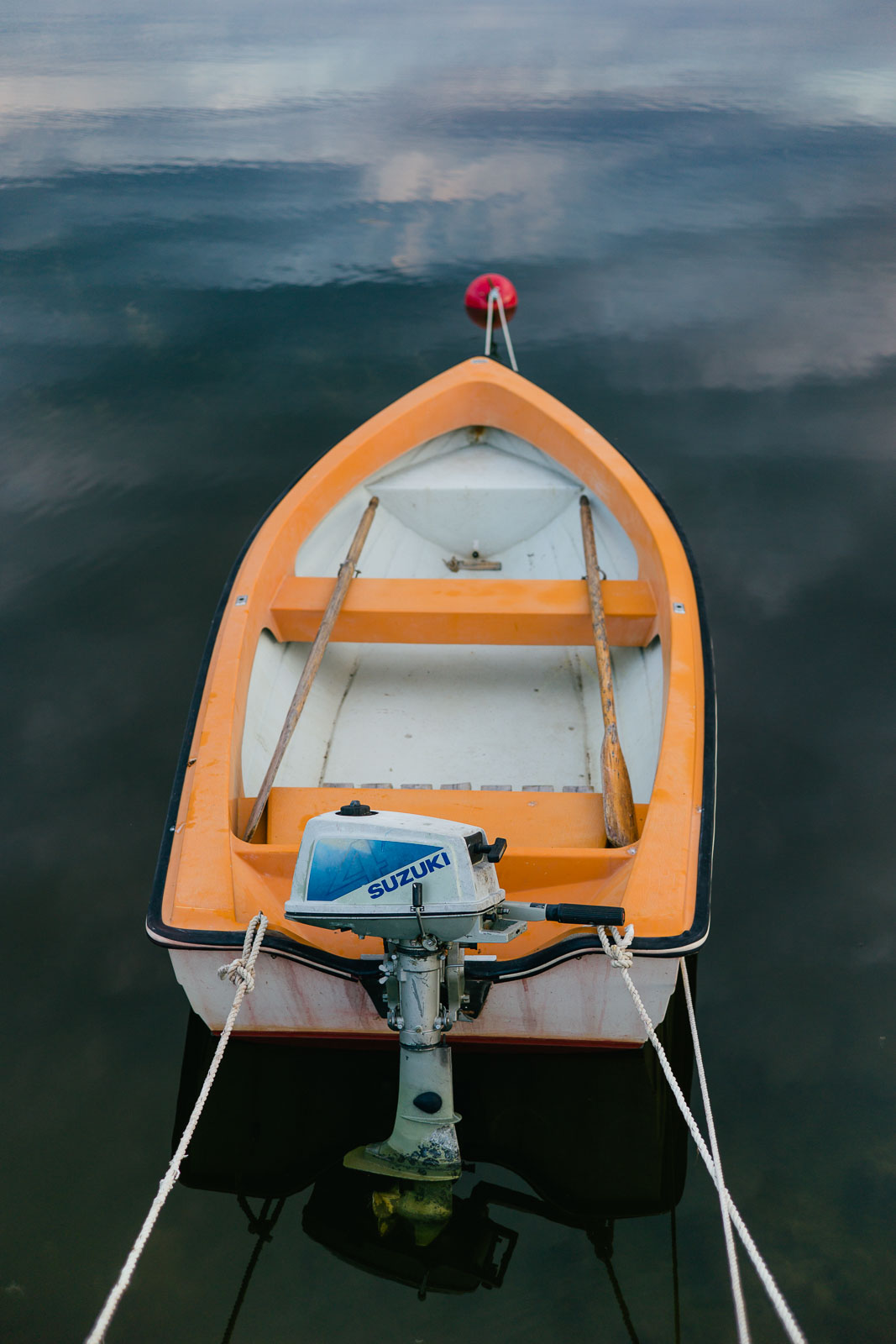

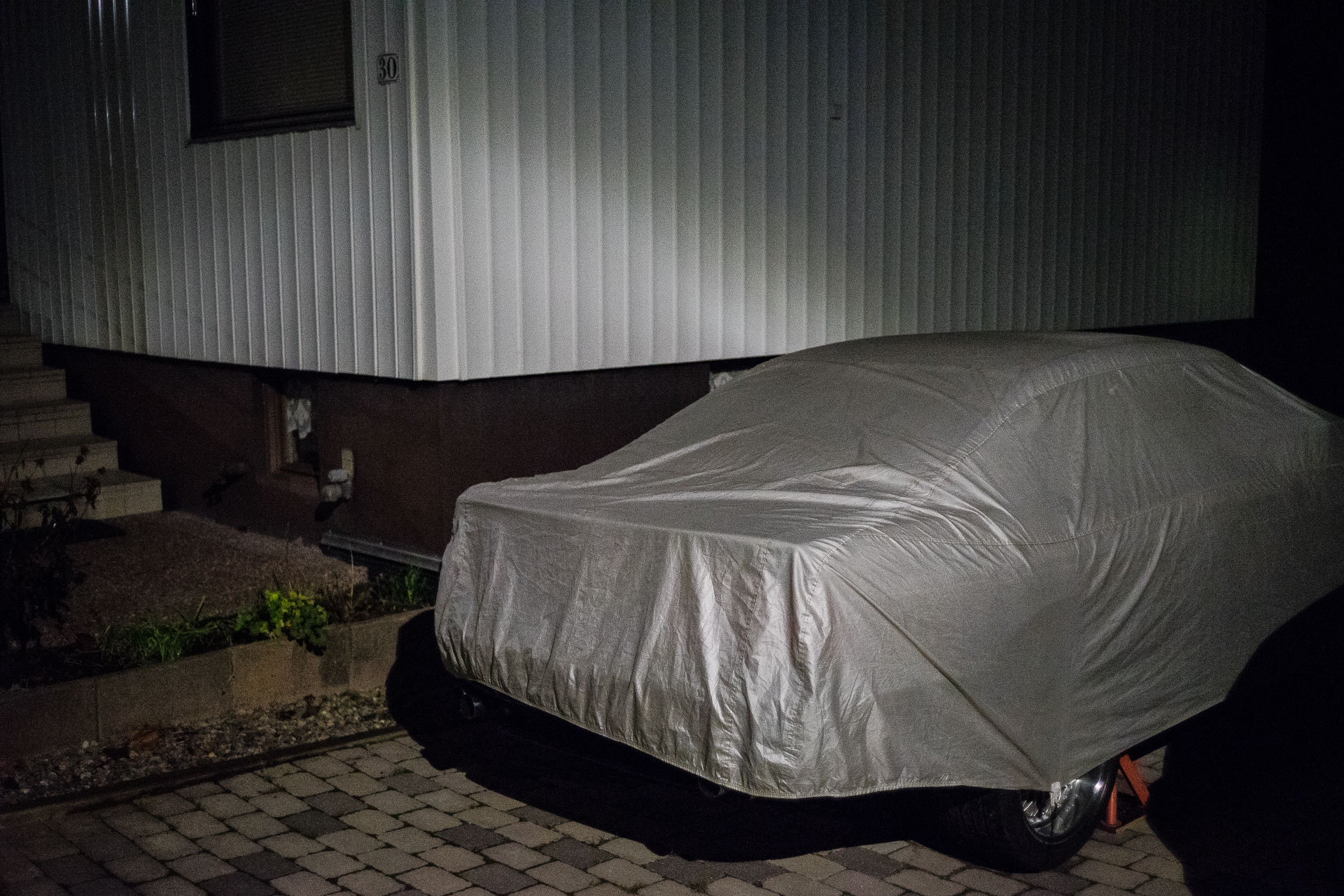
Ergonomics are mostly great, if slightly odd. Despite the small size controls are easy to find and manipulate. The focusing handle works well but is not as comfortable or quick to work with as a traditional tab.
The aperture adjusts with a ring that has a gap of around 120°, making it easier to find and adjust than the lever of the Summicron 35 III or the “ears” of e.g. the Voigtländer 40/1.4. The disadvantage is that it’s harder to tell the current aperture by feel.
As mentioned, my copy needs a tune up – the focusing is stiff and the aperture stops feel slightly indistinct. Pretty much as expected of a 40 year old lens that’s never been serviced. Servicing will probably bring it back to smooth and distinct.
There are some minor issues using the lens with the included hood. When collapsed the hood is very close to the aperture ring and is quite a bit wider, interfering with its use. The issue is exasperated by the stickiness of the rubber. Extending the hood eliminates the problem, but the 40 year old material isn’t as flexible as it probably used to be. Folding the hood out takes a slight bit of fiddling, something you don’t always have time with. As a consequence I tend to leave the hood extended or more often – remove it altogether, opting for an aftermarket cap instead.

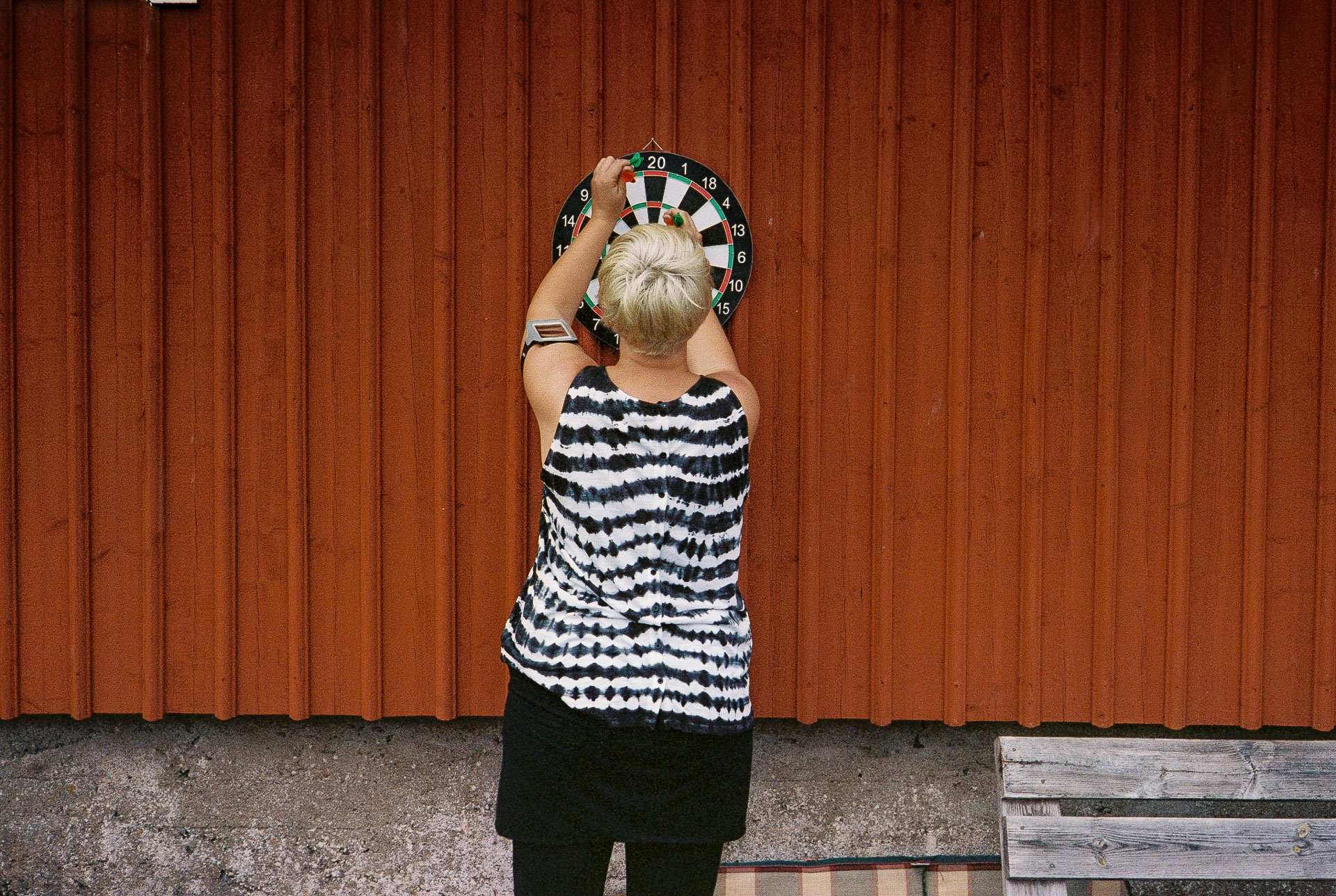
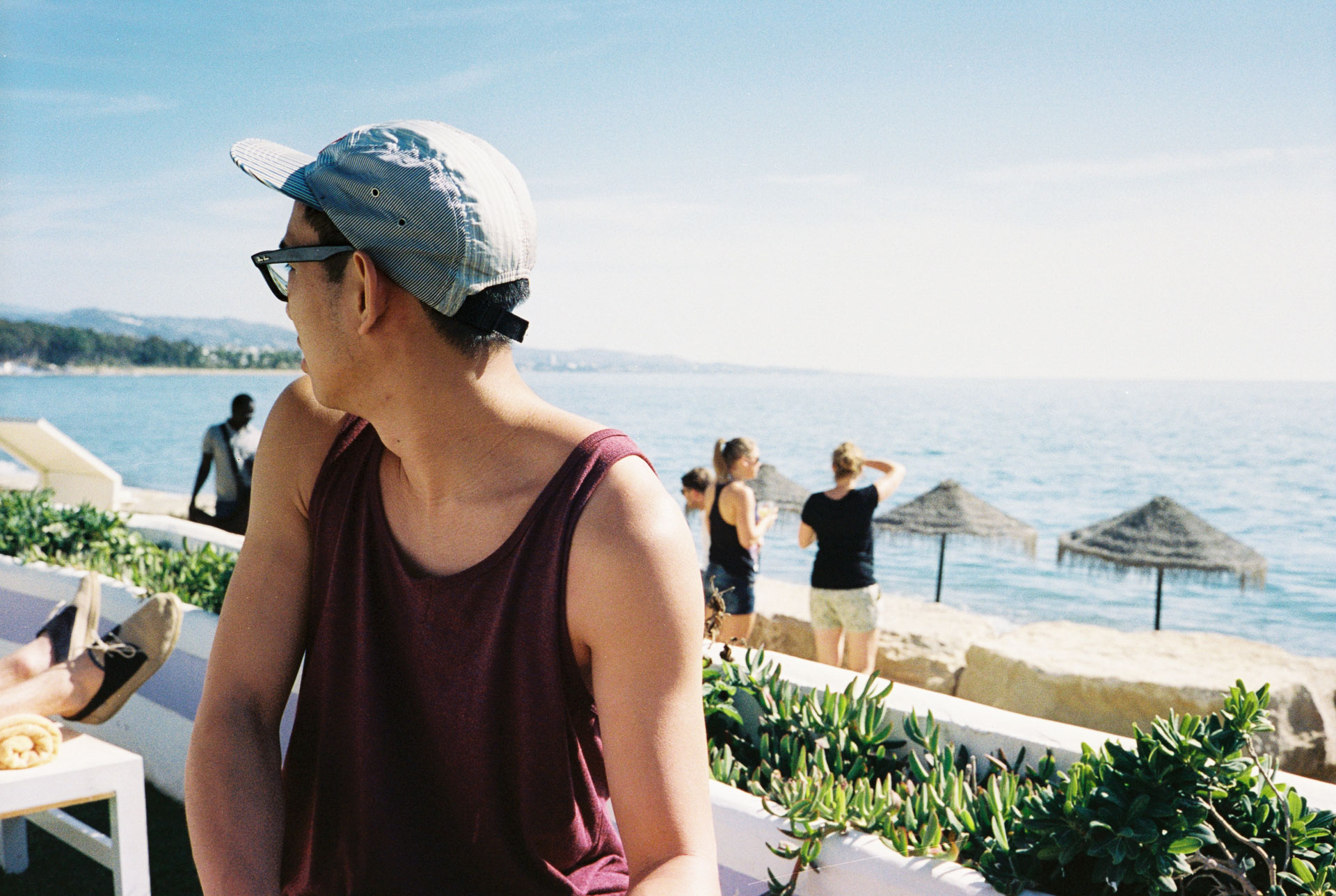
While the Summicron-C doesn’t quite perform on the level of more modern benchmark lenses, the overall image quality and rendering is very pleasant. It’s impressive for its size and specifications and compares well to similar options.
Rendition characteristics similar to contemporary Leica lenses are also clear. The smooth sharpness, good colour separation and pleasant overall character can be recognised from for instance the Summicron 50, but is not at quite the same level of sophistication.
Simple coatings means more issues with loss of contrast and flare. The compact, symmetrical design can be an issue on digital bodies, depending on sensor filter stack (see In Use section).
Resolution is high already wide open. Definition drops slightly towards the edges and is poor in the deep corners. Micro contrast is moderate wide open but improves stopping down. Spherical aberration lowers mid level contrast wide open and gives a gentle glow, especially towards the corners. Global contrast is well balanced with good retention of detail in the mid tones.
Stopping down rapidly improves resolution and contrast uniformly across the frame, f/4 resulting in very good performance in all but the deep corners and f/8 being quite impressive with very even performance across the frame. Not all compact, high speed lenses improve to this level stopping down.
Characteristics are retained at both near and far distances.
Colors are delicate and natural with impressive separation between tones. Though not as punchy as more modern lenses the overall palette is a very pleasant one.
While 40/2 does not result in razor thin depth of field, there’s plenty of separation. Bokeh is poor, especially in challenging conditions – wide open it shows high contrast and sharp edged highlights. Stopping down improves smoothness — f/2.8 gives good balance between separation, resolution and bokeh.
There’s almost no distortion – a very slight barrel shaped curvature can be measured but is rarely visible.
The lens is single coated, making it prone to flare issues. In challenging light conditions such as inclined light or high contrast scenes almost every deviation imaginable can be seen in to some extent. Veiling and resulting loss of contrast is common when the sun is in the outer perimeter or just outside the frame, when light hits the front element at an angle. Glare is mostly visible in vicinity to strong light but the opposite side of the frame is sometimes also affected. Ghosting can be seen as well as major streaking. Most of these issues can be reduced slightly by using the hood, but not circumvented completely. I wouldn’t necessarily call it a poor performer since most aberrations are moderate in severity. Due to the diversity and variety of the problems, it’s slightly tricky to learn every pitfall and how to avoid them. Compared to other Leica lenses of the same age, performance is similar. Newer lenses are better. Compared to other older lenses by most manufacturers, the performance is better.
Vignetting is visible but fairly low, as is chromatic aberration. There’s pronounced coma making the lens poor for nightscapes. Sunstars have 10 points stopped down. There’s no focus shift.
The evaluation above is valid regardless of capture medium, but nuances exist and since digital is more revealing in many cases that’s the primary medium for analysis. The rendering of course carries over regardless of medium but the subtleties can be perceived slightly different.
The balanced contrast characteristics makes for pleasant looking digital files. The smooth color palette and evenness across the frame generally gives a gentle and calm impression overall. Since you can get around issues with flare easier on digital I find it’s less of an issue than shooting on film.
The rendering is equally appealing on color film. The balanced characteristics makes for very pleasant looking files to my eye. The palette translates well to film too. In some instances I even prefer the overall look to some higher performing alternatives, even though you need to stop down a bit more to get a good balance between positive and detrimental traits. The one reservation is flare that can make life a little difficult, though with some care it’s not generally a major issue and occasionally it even plays to your favor.
If a lens is good for B&W is even more down to tastes than the rendering in color. To my eye the Summicron 40 does exceptionally well and has very pleasant contrast characteristics for shooting monochromes. As with color you need to stop down a little to really see the lens at its best, but by then there are very few lenses I prefer.
The Summicron-C has a very pleasant signature. The sharp but not clinical wide open characteristics, fantastic performance stopped down and pleasant colour palette results in very covetable output. The susceptibility to flare can be a problem depending on subject and preferences – I generally find that flare can add a bit of character to images, however the diversity of the issues with this lens can make it trickier to use.
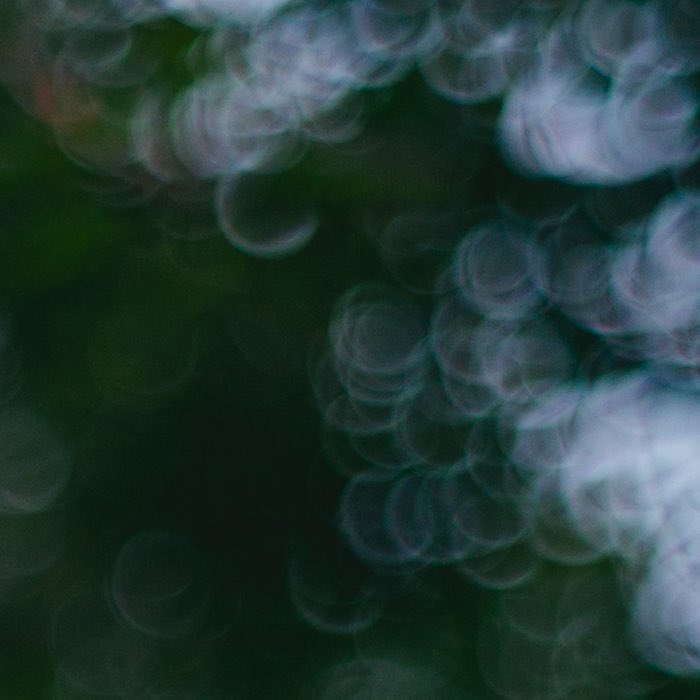
Bokeh sample at f/2. Quite messy.
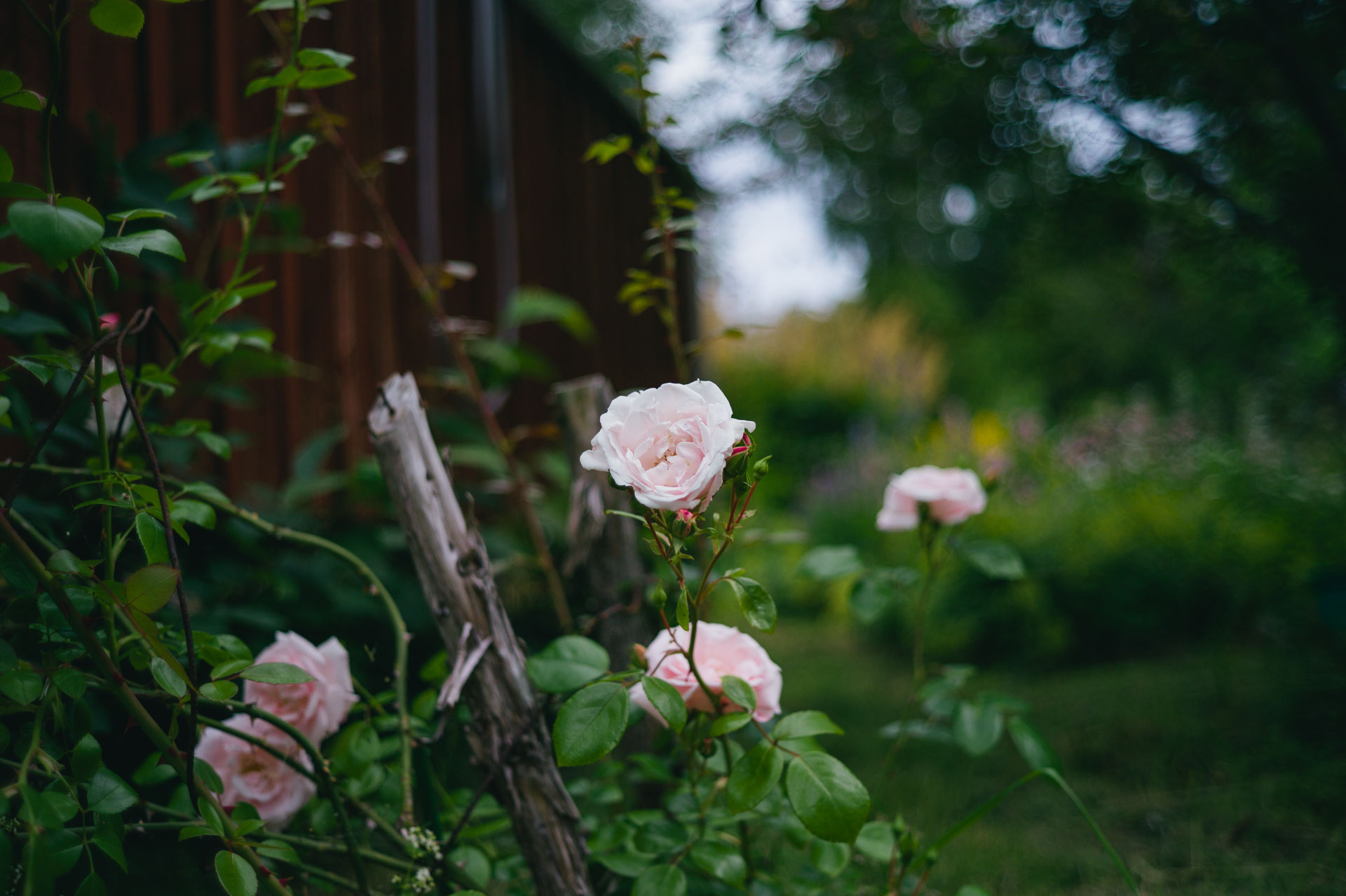
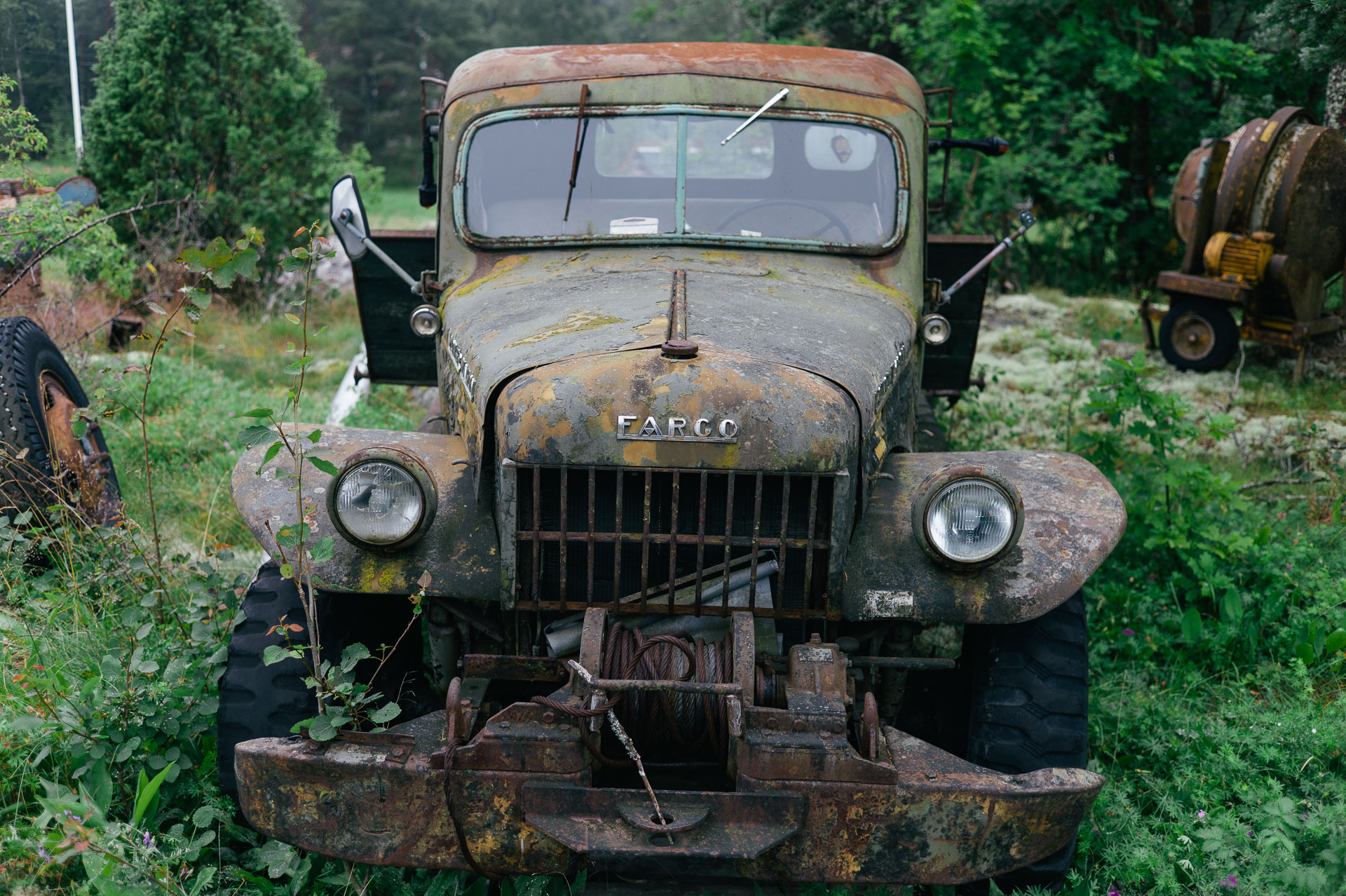
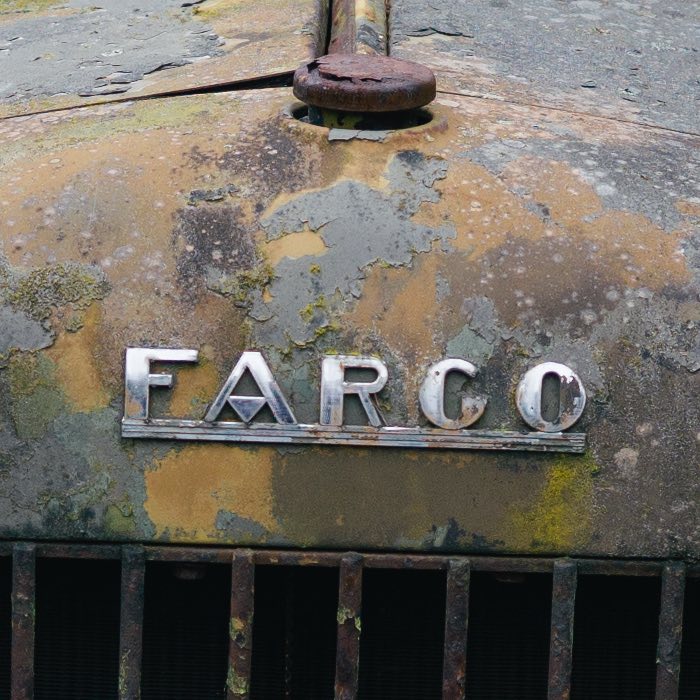
1:1 crop, f/2.8. Note very good definition of detail, as well as improved bokeh.
Many different types of flare can be seen shooting this lens. The worst problems occur when the sun is just outside the frame like in this example. When the sun is actually in the frame the performance is surprisingly fair (see e.g. first and last images on this page).

I’ve had this lens for several years by now, and have shot it quite a bit on several cameras. Here are some observations from using it.
While an uncommon focal length, 40mm is one of my favourites. To me it feels natural and easy to shoot – balanced perspective without feeling overly long or wide combined with a reasonable ability for separation. Because of this I’ve been through my fair share of 40mm lenses – the Konica 40/1.8, Panasonic 20/1.7, Voigtländer 40/2 & Voigtländer 40/1.4 have all passed through my hands. In my book the Summicron-C shares the top spot with only the Voigtländer 40/1.4.
An issue with shooting M-mount 40mm lenses is that only the Leica CL and Voigtländer Bessa R3M/A have corresponding framelines. And while framelines are always an approximation this can cause some headaches depending on which camera you shoot it on. Depending on if the framelines are adapted to give accurate framing at closer or farther distances the size of the frame in the viewfinder can be a little bigger or a little smaller. And Leica have been tweaking this optimal distance through the years. To generalize a bit though – with cameras earlier than the M6 you get the most accurate framing for a 40mm lens using the 50mm framelines, on more recent cameras the 35mm framelines are a closer approximation, even though neither is perfect.
This is further complicated by the fact that the lens brings up the 50mm framelines on most M-mount cameras, regardless of vintage. So if you prefer to shoot using the 35mm framelines this needs to be worked around in one of a few different ways. For instance you can simply show the different set of framelines with the frameline preview lever available on most Leicas. Another alternative is to file down the frameline index pin on the rear mount, making the camera recognise the lens as a 35 instead.
I’ve personally felt like the best match in terms of framing has been using the 35mm framelines on the Leica M9 which correspond quite closely to what actually ends up in the frame. I’ve left the index pin alone and instead brought up the correct framelines with the preview lever, occasionally putting a little bit of folded up cardboard between the camera body and the lever to hold it in place. A bit of a kludge but it’s worked quite well in practice.
On my Leica M4-P on the other hand I’ve had a slightly more challenging time framing. With the framelines being better adapted for longer distances than more recent M models they are a bit more generous. As such the 50mm framelines are close to the 40mm field of view than the 35mm ones. Still they’re not quite as close as the 35mm ones on the M9 and my compositions have felt a little more sloppy as a result. With a little bit of time though, I got used to framing slightly more liberally and got plenty of good results.
The focusing cams of the Summicron-C and Elmarit-C are slightly different than normal M-mount lenses with a sloped profile instead of a perpendicular one. According to Leica this could affect focus accuracy on M cameras. Many speculate that this statement was made to push people towards getting the more expensive lenses instead of the C-variations. I’ve also seen some reports that Leica changed the spec on the focus roller on the M6 and newer cameras, ensuring that the roller is always centred and resulting in accurate focus despite the sloped cam but I’m not sure how accurate that information is. In any case I've not had any accuracy issues on either the Leica M4-P or Leica M9. But if you do run in to issues, this is most likely the culprit.
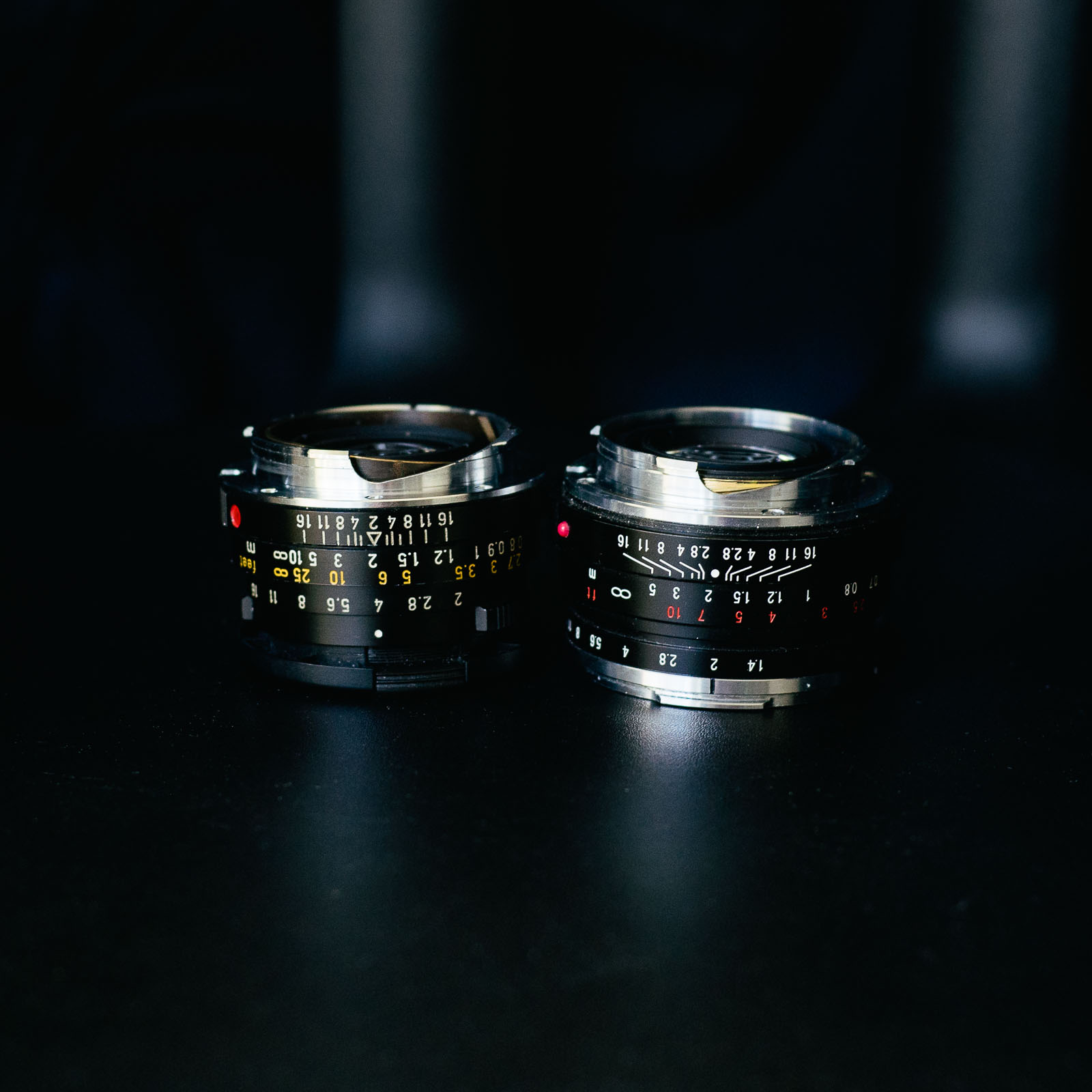
The Summicron 40 and Voigtländer Nokton 40 side by side. You can spot the brass rangefinder cam (yellowish) in the mount cutouts. Note that the cam on the Summicron is slightly angled compared to the perpendicular one on the Voigtländer lens.
On live view based cameras these issues are of course irrelevant, instead resulting instead in an easy to shoot, small piece of kit. Unfortunately performance suffers slightly due to the compact design and associated ray angle issues.
I bought the lens as a complete package with the Leica CL, the Summicron-C 40, and the Elmar-C 90 at a bargain price, something that’s certainly worth keeping an eye open for.
Fantastic. Good performance wide open, great stopped down. Issues seem slightly less pronounced than on digital. The viewfinder works well with the 40mm lens despite being slightly smaller than on other M-mount cameras, and has correct framelines. It’s clear that the camera and lens were made for each other – they balance very well together. A very compact, capable and pleasant combination to use.
Great. Very appealing output and as the lens is so small and light it almost disappears on the slightly larger M4-P. The only issue is that precise compositions can be a little bit challenging with the framelines adapted for accurate framing at longer distances (as they are on Leica M cameras preceding the M6). So a little more practice is needed compared to with e.g. the M9. Overall an excellent package.
Fantastic. Good performance wide open, great stopped down. Very pleasant colours and overall signature. No blockage of the viewfinder. The lens brings up 50mm framelines which leads to less accurate framing than 35mm frames that can be brought up using preview lever. Selecting the Summicron 35 IV in the correction menu gives good results without colour shifts or vignetting. Almost disappears on the M9, being so small and light. Very pleasant ergonomically. Relatively large aperture and short focal length makes the combination useable in all but the lowest of light.
Average. Balances very well and is ergonomically fantastic on the tiny NEX–7. The resulting 60mm is a surprisingly nice focal lenght to shoot. Struggles slightly at f/2 to render fine detail on the high resolution sensor, f/2.8 gives better performance. Definition drops faster than on Leica bodies towards the edges, especially wide open and close to infinity which gives poor results. Stopping down improves resolution with f/8 giving impressive performance across the frame. Fewer issues at closer distances. Very nice colour output. No significant colour shift.
Poor. Issues at wider apertures due to ray angles. Balances well and is ergonomically great on the A7. Resolution drops far faster than on Leica bodies towards the edges wide open. F/2 is borderline usable. Significant field curvature away from the camera can be seen at closer distances as well as haziness across the frame. Stopping down improves performance. F2.8 and 4 overall performance is fair and useable in most situations, but issues can still be seen in edges and corners. F/8 is needed for good resolution across the frame and f/11 for the deep corners. Pleasant colour output. No significant colour shift.
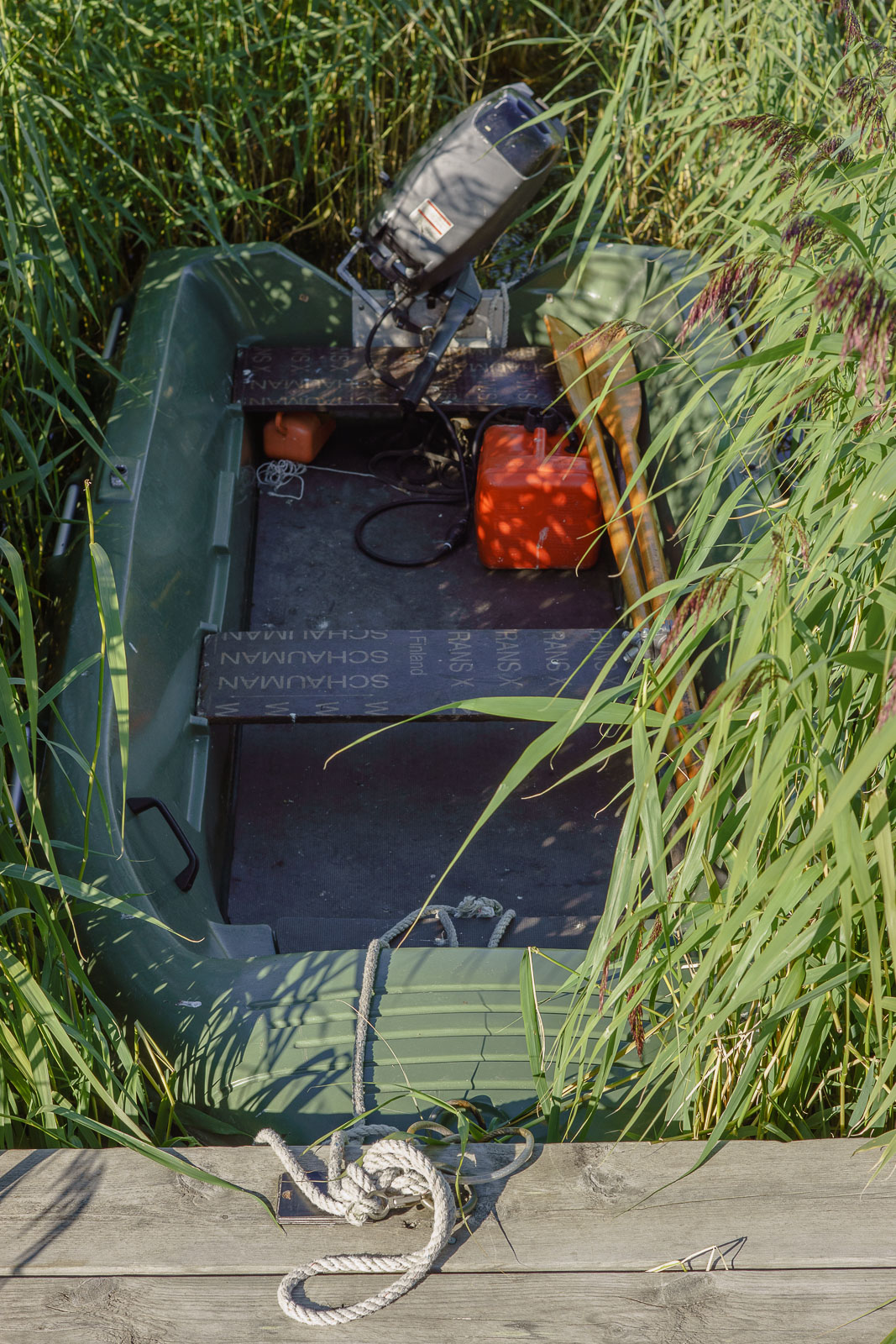
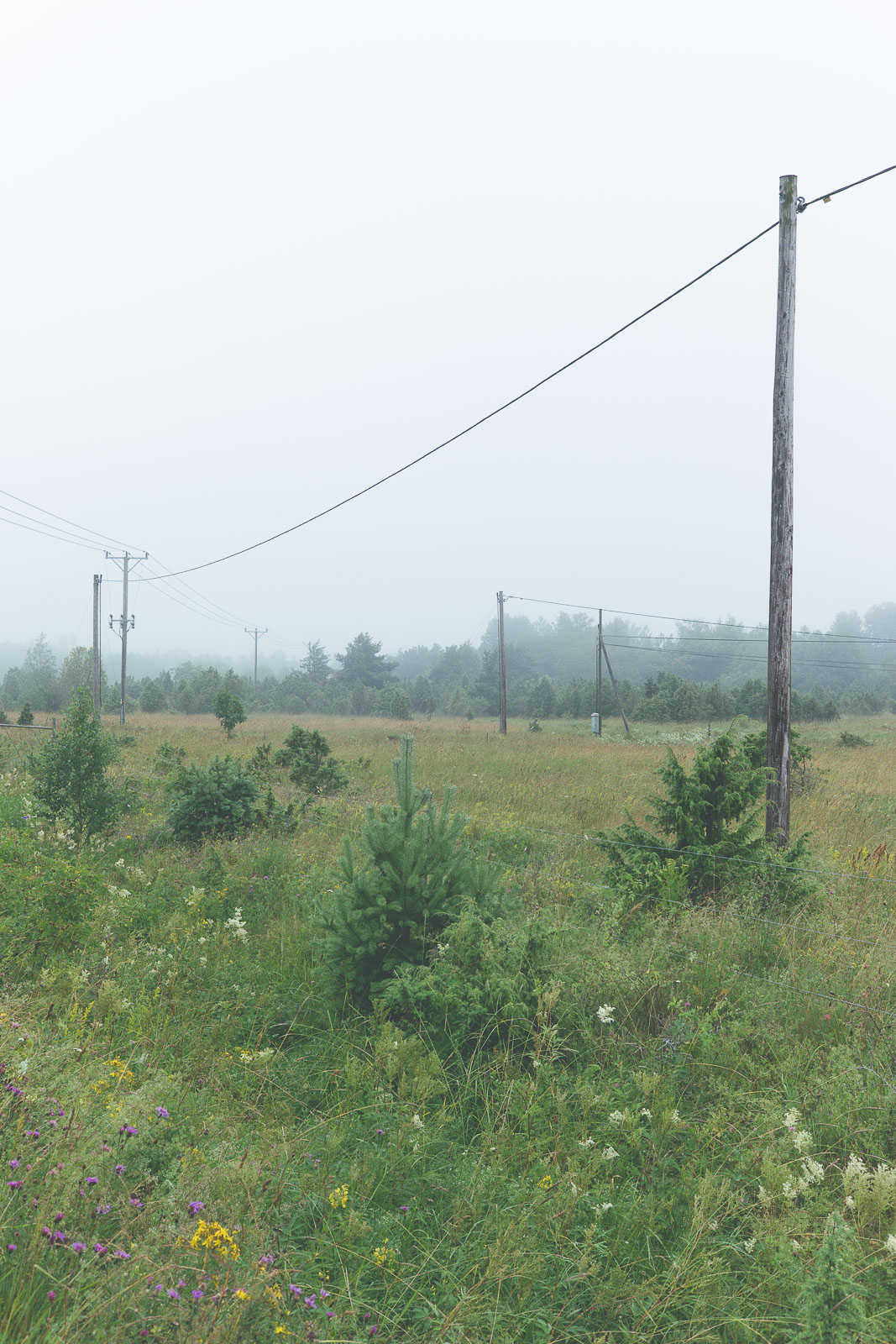
While uncommon there’s one more excellent 40mm lens in the M-mount. Depending on ones preferences a 35mm or 50mm lens can also be a good alternative. To me 35mm feels close, 50 not so much. These are the most relevant options in my opinion.
This, the slightly wider sibling to the Summicron-C is available in a number of different versions. All of them far more expensive. I’ve so far only shot the most recent ASPH version – see below. The Summicron-C 40 is optically most similar to the third version. Performance will be comparable regardless of version. Ergonomics look to be a hair better on all versions of the 35 and you get correct framelines on more cameras. Overall though the 40 really stands out as a bargain.
This much more highly corrected and modern optic is the closest sibling to the 40 that I’ve shot. It’s much larger, heavier and more expensive. It does perform better across the board though and has quite exceptional output. The ergonomics are even better and it has a really well integrated hood. Still the 40 has a few advantages that makes the choice less clear cut, even disregarding the price difference. The much smaller size and lower weight of the 40 makes it quite appealing and personally I feel like the gentler contrast characteristics can make for more appealing output from the 40 on some occasions (for instance shooting B&W).
Read my full review of the 35 ASPH
While I personally believe that 40mm feels more similar to a 35 than a 50 neither is worlds apart. As such, the Summicron 50, available in a number of versions, is a competent option. Most of them will behave similarly to the Summicron-C 40. My experience is with the still current fifth version which has an overall rendering that's quite comparable. The absolute performance of the Summicron 50 V is slightly higher and more balanced than that of the 40. Ergonomics are worse and it’s a much larger, heavier and expensive lens.
Read the full review of the Summicron 50 V
This is an appealing option. It offers a more modern looking output and has better ergonomics at a comparable size and weight. It’s way better at handling flare and you can buy it new for less than the used prices of the Summicron-C. You also get correct framelines on most cameras. The only thing you’re really giving up is a little bit of light gathering. Personally though I do find that the two thirds of a stop of a difference has more of an impact than it would seem on paper. I do occasionally feel frustrated and limited by the light gathering on the Skopar. Still it’s a real easy lens to recommend. One of the biggest bargains in M-mount.
Read my full review of the Skopar 35
I’ve shot this lens extensively and it’s my other favourite 40. Both the Summicron-C and the Nokton have their respective advantages and disadvantages when compared to each other. The choice between them is not quite clear cut, but a close call between two great lenses. I’ve even put together a separate article comparing the two.
Read my full review of the Nokton 40
This Zeiss is a bit more expensive than the Summicron-C 40 but has quite a few advantages. It offers higher performance and is quite impressive overall, though wide open the difference is surprisingly minute. It’s way more resilient to flare and offers correct framelines on most M cameras. Ergonomics are generally on par between the lenses. It’s noticeably bigger though, and quite a bit heavier.
Read my full review of the Zeiss 35 Biogon

The Summicron-C 40/2 is a lens that’s quite a bit better than aspects such as price, size and specifications suggest. While not as highly performing as some modern designs, it delivers where it matters and equals many far more expensive options. It has a beautiful rendering with great colours. Stopping down gives practically perfect results. Additionally it almost disappears in use, thanks to its small size. It has some minor drawbacks, but nothing that really matters a great deal in actual use.
All photos in this review were taken by me, using Leica CL & M9, Sony NEX-7 & A7. Exif-data is intact. Open any image in a new window for a closer look.